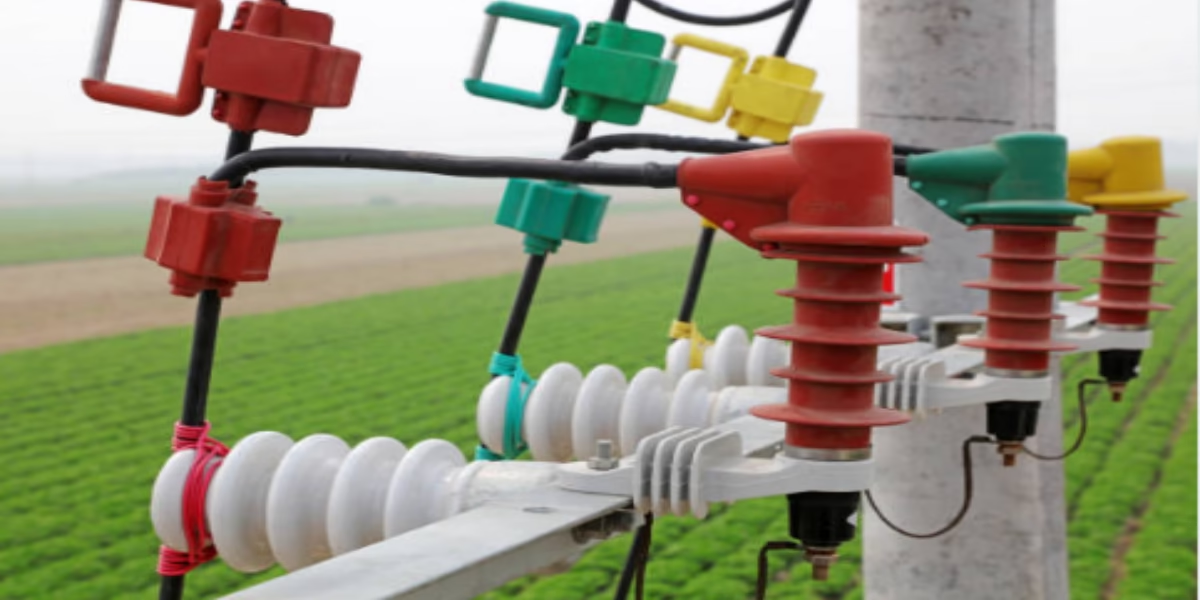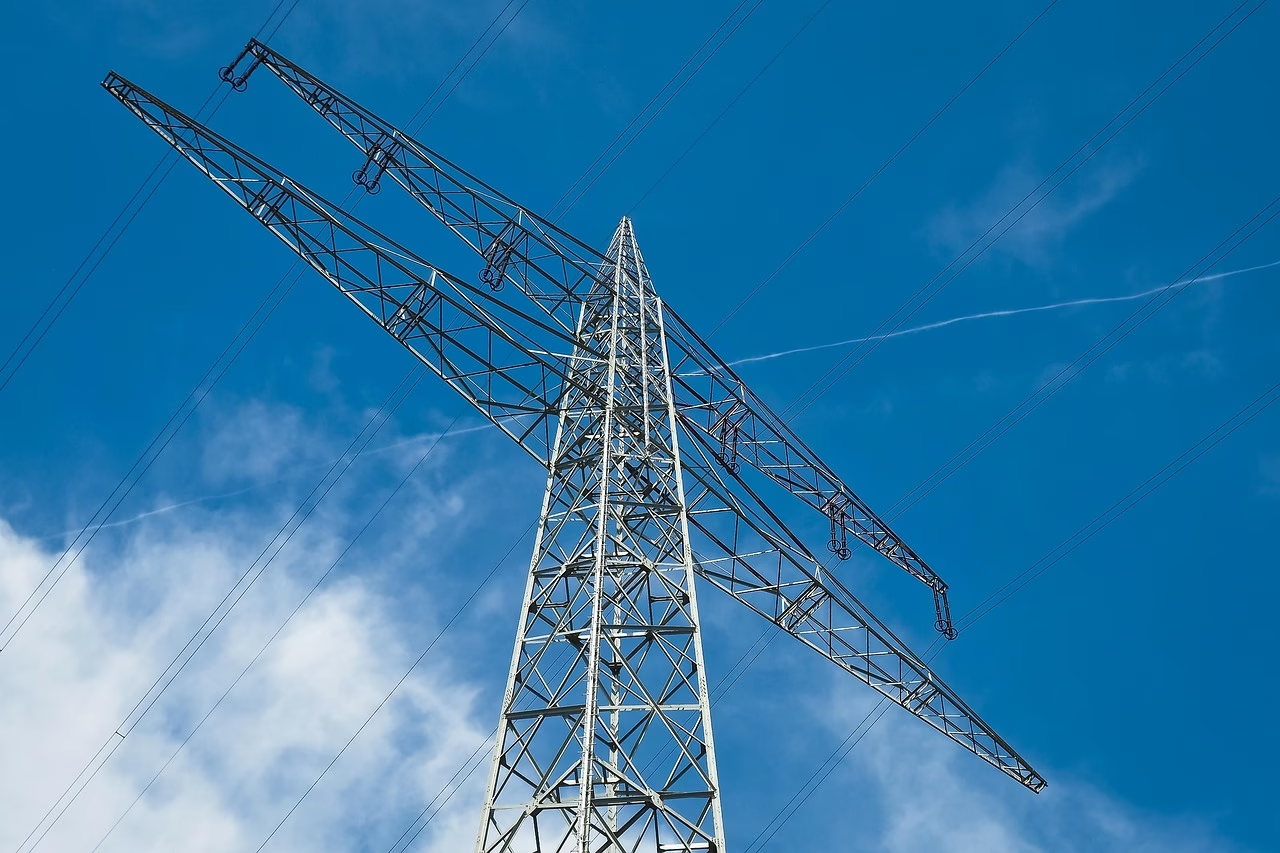In the intricate world of electrical engineering, where high tensions and currents flow through wires and circuits, the significance of safety cannot be overemphasized. Among the unsung heroes ensuring this safety are standoff insulators—crucial components that play a vital role in maintaining the delicate balance between conduction and protection. Often overlooked yet indispensable, these insulators serve as the first line of defense against electrical faults and environmental challenges.In this article,we will delve into the realm of standoff insulators,unraveling their functions,types,and the technology behind them. By gaining a deeper understanding of these essential components, we can appreciate their pivotal role in safeguarding both infrastructure and human life from the perils of high-voltage electricity. join us as we shine a light on the mechanics of standoff insulators and their contribution to electric safety.
Table of Contents
- Exploring the Functionality of Standoff Insulators in electrical Systems
- the Role of Standoff Insulators in Preventing Electrical Hazards
- Best Practices for Selecting and maintaining Standoff Insulators
- Innovations in Standoff Insulator Technology for Enhanced Safety
- Q&A
- In Conclusion
Exploring the Functionality of Standoff Insulators in Electrical systems
Standoff insulators play a crucial role in maintaining the integrity and safety of electrical systems by providing reliable insulation and support. These specialized components are designed to keep electrical conductors at a safe distance from structures and other conductive materials,reducing the risk of electrical faults. Their functionality can be further understood through several key aspects:
- Insulation strength: Standoff insulators exhibit high dielectric strength, which prevents electrical leakage and ensures that conductors remain insulated from their surroundings.
- Mechanical Stability: They are constructed from durable materials that withstand varying environmental conditions, thus offering long-lasting mechanical support.
- Optimized Design: The unique shapes and sizes of standoff insulators enhance their ability to accommodate different installation scenarios, ensuring compatibility with various electrical setups.
In addition to their critical insulating properties, standoff insulators also provide a pathway for electrical flow while protecting surrounding structures. Their strategic installation along transmission lines, for example, minimizes electromagnetic interference and aids in efficient power delivery. The table below highlights some key types of standoff insulators and their specific applications:
| Type | application | material |
|---|---|---|
| Pin Insulators | Distribution Lines | Porcelain |
| Suspension Insulators | High Voltage Transmission | Composite |
| Post Insulators | Substations | Glass |
The Role of Standoff Insulators in Preventing Electrical Hazards
Standoff insulators play a crucial role in the electrical safety landscape, acting as a barrier between conducting materials and the surroundings. by maintaining a safe distance between electrical components and grounding surfaces, these insulators help to prevent unintentional electrical discharges that could lead to hazardous situations. In high-voltage applications, standoff insulators ensure that electricity remains confined within its intended path, effectively minimizing the risk of arcing, which can cause significant damage or even injury. Their robust construction allows them to withstand extreme weather conditions, adding another layer of safety to outdoor installations.
these insulators come in various shapes and sizes, designed to meet specific application requirements. Key benefits of using standoff insulators include:
- Increased Insulation resistance: They provide superior electrical insulation, essential for preventing faults.
- Durability: Made from materials like porcelain and polymer, they resist degradation from UV light and environmental exposure.
- Shock Absorption: They minimize mechanical stress on electrical systems by absorbing vibrations.
Incorporating standoff insulators into electrical designs not only enhances safety but also ensures greater reliability of power systems. As technology evolves, innovations in insulator design continue to improve their performance, making them indispensable in the quest for safe electrical infrastructures.
Best Practices for Selecting and Maintaining Standoff Insulators
Selecting the right standoff insulator is crucial for ensuring the safety and reliability of electrical systems. When choosing an insulator, consider the following factors:
- Material Quality: Opt for high-quality materials that resist environmental factors like moisture, UV radiation, and temperature fluctuations.
- Voltage Rating: Ensure the insulator is rated for the maximum voltage used in your application to prevent breakdown.
- Dimensions: Choose the correct size to maintain adequate clearance and reduce the risk of flashover.
- Installation Requirements: Assess the compatibility with existing equipment and verify that installation guidelines are easily accessible.
Maintaining standoff insulators is as critical as their selection. Performing regular inspections is vital to identify any signs of wear, damage, or contamination that could compromise performance.Consider establishing a maintenance schedule that includes:
- Visual Inspections: Check for cracks, discoloration, or degradation.
- Cleaning: Remove insulation surface contaminants using non-abrasive cleaners that won’t damage the material.
- Documentation: Keep detailed records of inspections and maintenance actions for future reference.
| inspection Frequency | Action |
|---|---|
| Monthly | Visual Inspection |
| Quarterly | Thorough Cleaning |
| yearly | Thorough Assessment |
Innovations in Standoff Insulator Technology for Enhanced Safety
The evolution of standoff insulator technology has redefined the landscape of electrical safety, harnessing cutting-edge materials and designs that significantly mitigate risks. Recent advancements focus on high-dielectric strength composites that withstand extreme environmental conditions, enhancing durability and reliability. The implementation of self-cleaning surfaces has also emerged as a game-changer, reducing maintenance requirements while ensuring uninterrupted performance even in harsh environments. Key innovations include:
- Advanced Coatings: Utilization of hydrophobic and oleophobic materials to repel contaminants.
- Smart Insulation: Integration of sensors to monitor performance and detect potential failures before they occur.
- Modular Designs: facilitating easier installation and replacement without extensive downtime.
The impact of these innovations is monumental, particularly in enhancing the safety of power transmission and distribution systems. Engineers and utility professionals increasingly embrace computational methods that simulate electric field distributions, allowing for optimal insulator placement and design based on real-time data analytics. To illustrate the effectiveness of these technologies, a comparison of conventional versus innovative insulation methods demonstrates significant improvements:
| Feature | Traditional Insulators | Innovative Insulators |
|---|---|---|
| Durability | Moderate | High |
| Maintenance Frequency | High | Low |
| environmental Resistance | Limited | Advanced |
Q&A
Q&A: Understanding Standoff Insulators - Key to Electric Safety
Q1: What are standoff insulators, and how do they work?
A1: Standoff insulators are essential components used in electrical installations to separate conductors from grounded structures. They maintain the necessary distance, or “standoff,” between conductive materials and grounded surfaces, effectively preventing electrical discharges and short circuits. Made usually from materials like porcelain, glass, or polymers, these insulators provide a physical barrier, allowing electrical systems to operate safely and efficiently in various environmental conditions.
Q2: Why are standoff insulators considered crucial for electric safety?
A2: Standoff insulators are vital for electric safety as they help prevent electrical arcing and the potential for short circuits, which can lead to equipment failure or catastrophic fires. By ensuring a safe distance between live conductors and grounded surfaces, they minimize the risk of accidental contact and maintain the integrity of electrical systems, particularly in high-voltage applications where the stakes are significantly higher.
Q3: In what applications are standoff insulators most commonly used?
A3: Standoff insulators are frequently used in power transmission systems, substations, and high-voltage line installations. They are also found in various electrical apparatus such as switchgear,relay panels,and overhead line structures. Their versatility allows them to be utilized in both industrial and outdoor environments,where they protect equipment and ensure continuous service.Q4: What factors should be considered when selecting standoff insulators?
A4: When selecting standoff insulators, several factors must be considered, including the voltage level of the application, environmental conditions (temperature, humidity, and potential exposure to pollutants), mechanical strength, and the specific material properties of the insulators. Compliance with industry standards and certification may also be important to ensure the safety and functionality of the electrical system.
Q5: How can poor quality or damaged standoff insulators impact electrical systems?
A5: Poor quality or damaged standoff insulators can significantly compromise electrical safety and system reliability. They may increase the risk of electrical arcing, leading to equipment failure or even fires. Inadequate insulation may also result in electrical leaks, which can pose safety risks to personnel and disrupt the functionality of the grid. Regular inspections and maintenance are crucial to identify any potential issues with standoff insulators before they lead to larger problems.
Q6: What are some advancements in standoff insulator technology?
A6: Recent advancements in standoff insulator technology include the development of composite materials that offer enhanced strength and durability while being lightweight. Innovations such as improved weather-resistance coatings ensure that insulators can perform reliably even in extreme environments. Additionally, smart sensor technologies are being integrated into some standoff insulators to monitor their condition in real time, helping to prevent failures before they occur.
Q7: How can consumers and industry professionals advocate for safety regarding standoff insulators?
A7: Both consumers and industry professionals can advocate for safety by staying informed about the standards and certifications applicable to standoff insulators. Engaging in regular training and education initiatives, conducting thorough inspections, and advocating for high-quality materials can promote a culture of safety. Collaborative efforts with regulatory bodies can also help ensure that safety practices and guidelines surrounding standoff insulators are upheld across the industry.
Q8: What can be done to increase awareness about the importance of standoff insulators?
A8: Increasing awareness can be achieved by organizing educational workshops,seminars,and public outreach programs that focus on the role of standoff insulators in electrical safety. Creating informative content, such as articles and videos, that highlights real-world case studies can help illustrate their critical role. Additionally, collaboration with trade organizations and safety regulatory bodies can enhance visibility, ensuring that both professionals and the public recognize the importance of these devices in safeguarding electrical systems.
In Conclusion
the world of standoff insulators is a crucial yet often overlooked aspect of electrical safety. as the unsung heroes of transmission and distribution infrastructure, these components serve as vital safeguards, ensuring that our electrical systems operate smoothly and securely.By understanding their role, composition, and installation in our modern energy landscape, we can appreciate the intricate balance between innovation and safety that keeps our homes and communities powered. The next time you glance at a power line or electrical setup, remember the standoff insulators silently working behind the scenes, maintaining the integrity of our electrical systems and protecting against potential hazards. Knowledge is power, and with a deeper understanding of these essential components, we can advocate for safer, more reliable electrical practices in our everyday lives.





